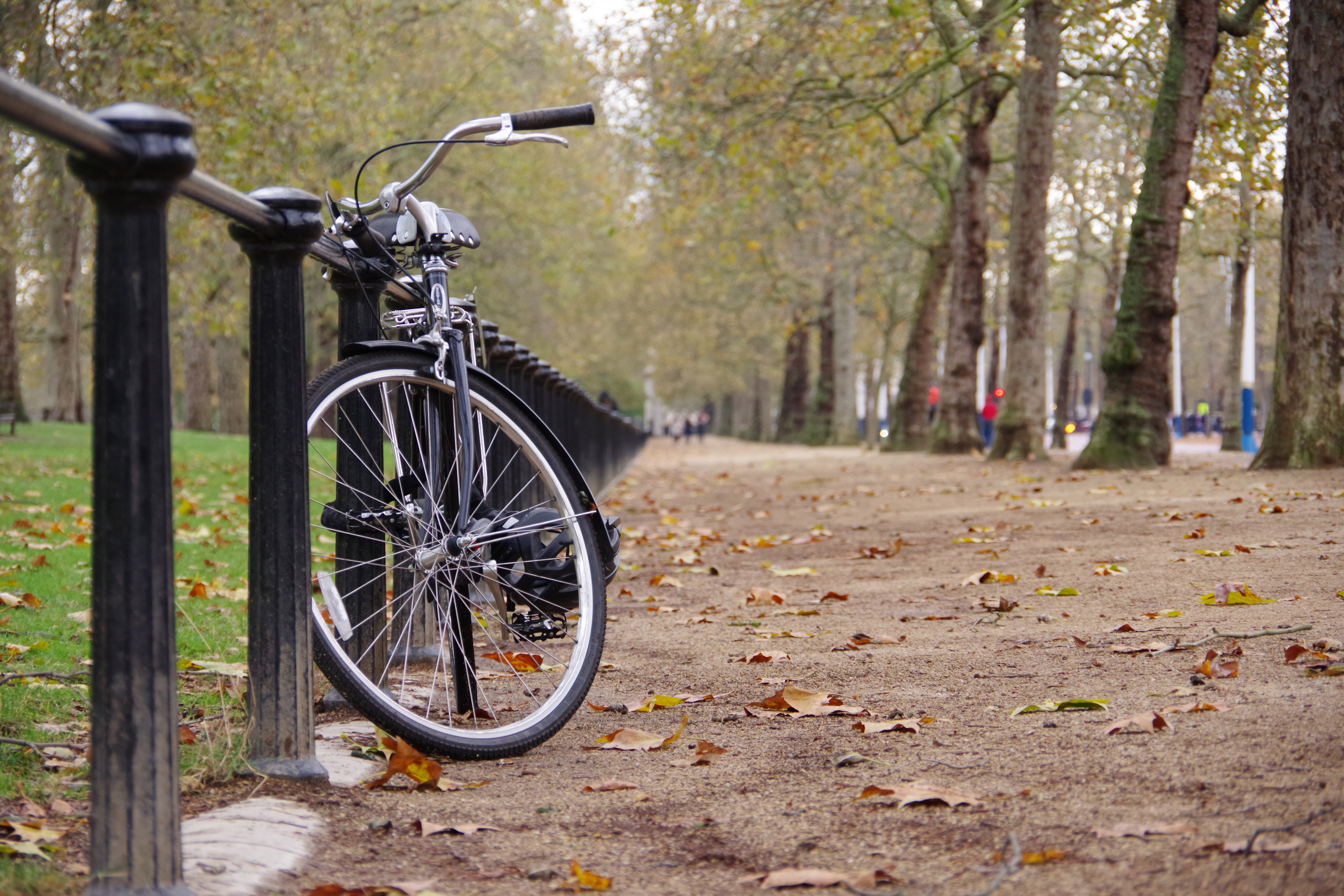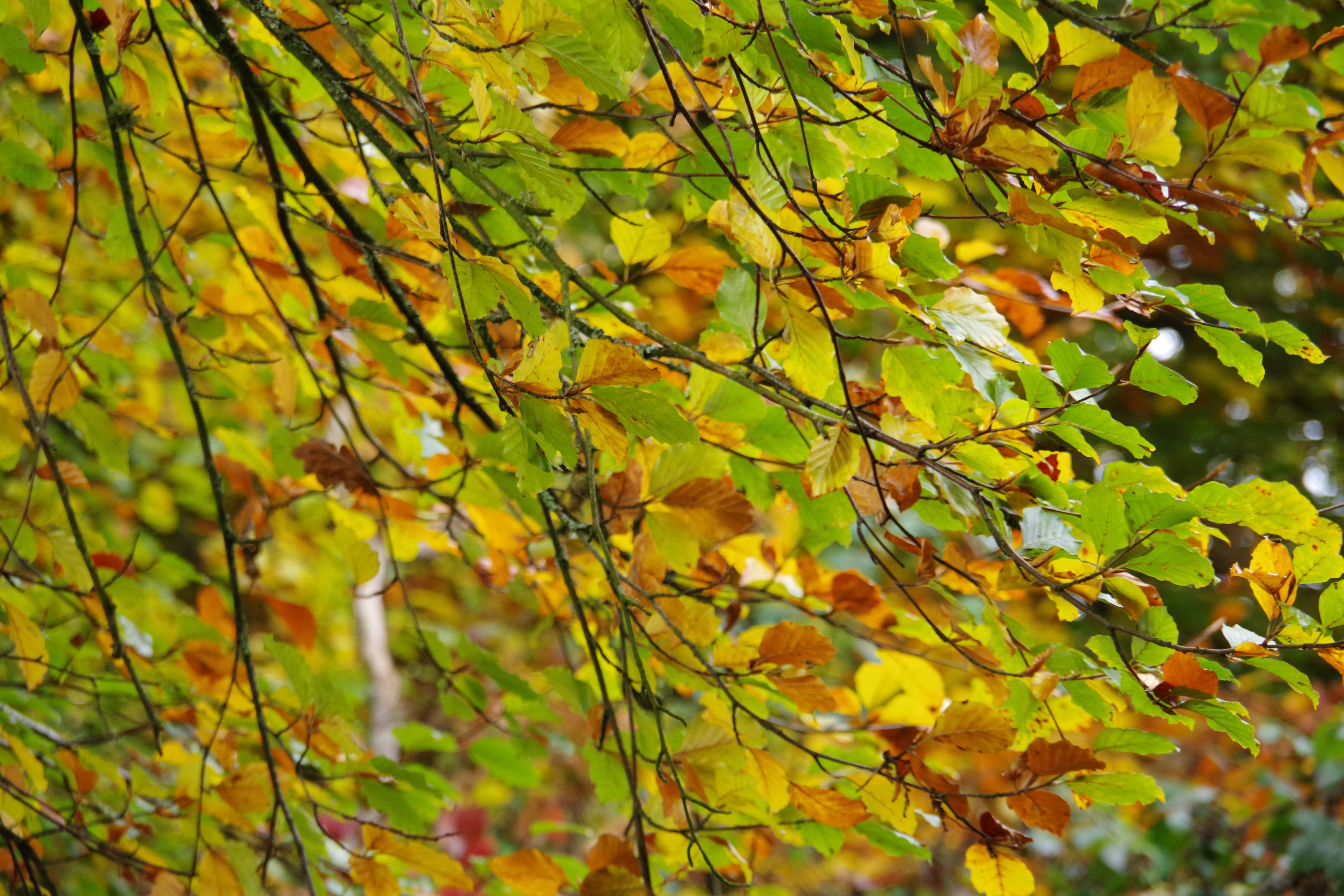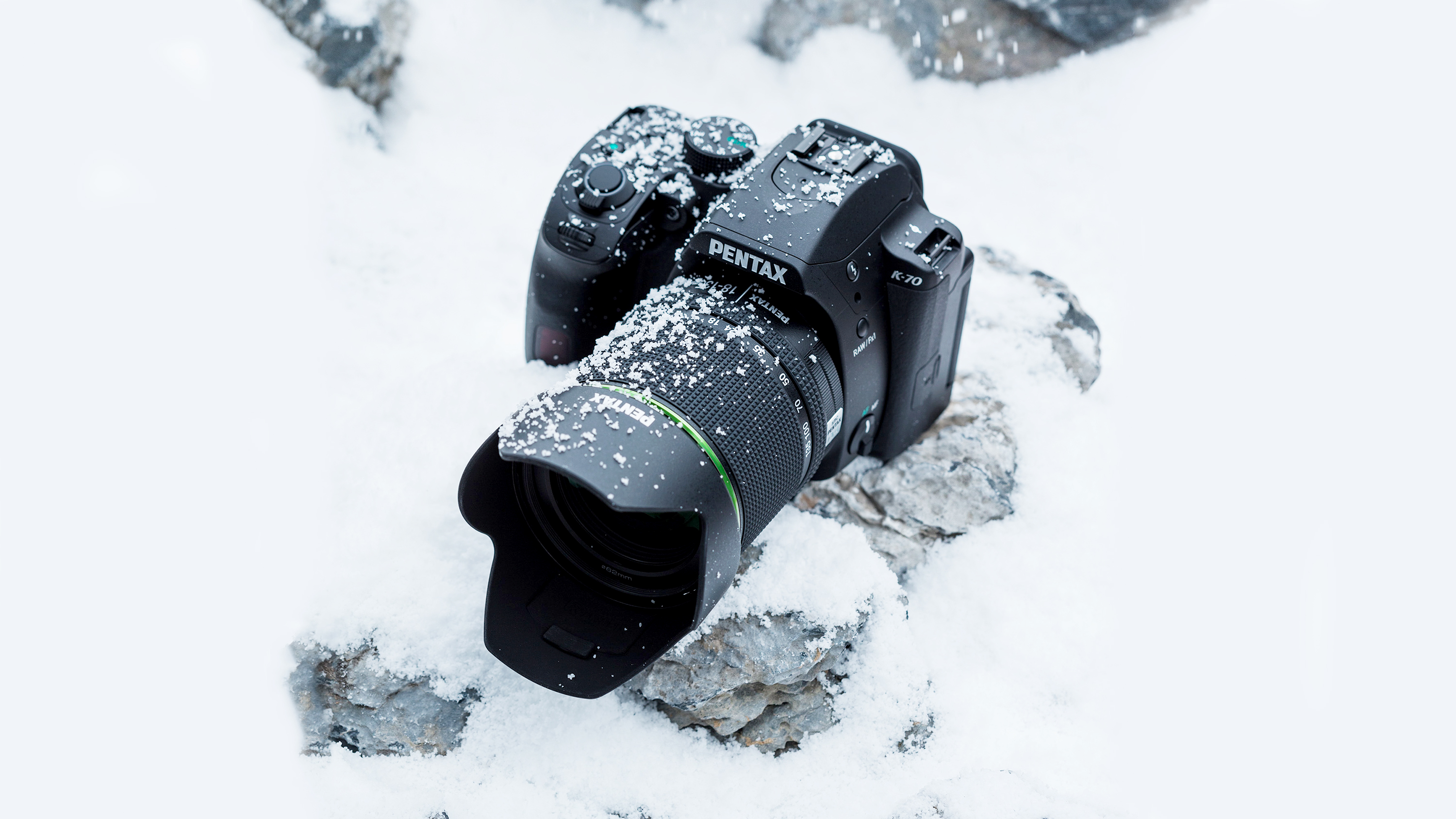Why you can trust TechRadar
Performance
- 6fps burst shooting
- 480-shot battery life
- Packed with imaging tools
The Pentax K-70 isn't too shabby for action photography with its maximum continuous shooting speed of six frames per second, although the buffer capacity is fairly average at just 40 JPEGs.
The optical viewfinder is especially good, with properly square edges, no distortion and no nasty color fringing. It’s a proper pentaprism design, rather than the cheaper ‘pentamirror’ construction used in some entry-level DSLRs.
The K-70 is packed with digital imaging tools too. For a start, it offers optical corrections (for Pentax lenses) for distortion, corner shading (vignetting) and color fringing (chromatic aberration). It can even compensate for the image-softening ‘diffraction’ effects you get when shooting at very small lens apertures, though only with specific Pentax lenses.
It can cope with extreme brightness ranges too, via its dynamic range compensation options or, if these don’t go far enough, via its inbuilt HDR (high dynamic range) mode, which combines three separate exposures taken in rapid succession. HDR images produced in this way can look a little flat, so Pentax has added an A-HDR mode with a Clarity adjustment.

The K-70 can shoot multiple exposures (from two to 2,000), mixing them in one of three ways depending on the effect you want, and it has a related Interval Composite mode too.
For regular photography you can choose any of 13 different Custom Image modes, or picture styles and nine different digital filters – this list expands to 21 digital filters when you edit your photos in playback mode. The image customization options include Fine Sharpness, Extra Sharpness and Clarity control.
All of these effects can be applied only to JPEG images shot in-camera, not raw files you process later on your computer – though the K-70 can also process saved raw files internally.
Image quality
- ISO100-102,400
- 18-135mm lens performance could be a lot beter
- Good color reproduction
Unfortunately, while the Pentax K-70 does deliver a nice shooting experience, you may not be quite so pleased when you check out the pictures. With the right lens, this camera is undoubtedly capable of some very fine results, as our lab tests confirm. Unfortunately, the 18-135mm kit lens isn’t it.
Outwardly, this lens is quite good – it feels well made for the price, the zoom action is smooth and the autofocus is quick and quiet enough. Optically, however, it’s a different story. It suffers from all the usual ills of long-zoom lenses, delivering ever-softer photos at longer focal lengths.
In the lab it didn’t do too badly, but in real-world shooting at its 135mm maximum, the detail proved so soft at the maximum f/5.6 aperture that it's often difficult to tell which part of the picture is actually in focus. Using a smaller aperture helps a little, but then, unless the light is good, you have to use a higher ISO setting or lean more heavily on the internal shake-reduction system.

The lab tests also highlighted this lens’s poor definition at the edges of the frame, at all focal lengths and aperture settings. The kit lens also suffers badly from chromatic aberration – color fringing – at longer focal lengths, and the camera’s in-built chromatic aberration correction doesn’t seem to be able to do too much about it.
So, just when we thought we’d discovered a decent-quality kit lens with a longer-than-usual zoom range, we were reminded that there’s always a price to pay in image quality, and this time it’s just a bit too high – very disappointing.
This is a shame, because the image quality in other respects is good. The default multi-pattern exposure metering does a reliable job, and while the in-camera dynamic range compensation can’t solve every tricky lighting situation, it does help.

We shot in a range of conditions, and the auto white balance system struck a good balance between correcting color casts while preserving the atmosphere – and of course you can always shoot raw and adjust the white balance later.
It was also good to see that the K-70 keeps Pentax’s characteristically rich and intense color reproduction, delivering particularly strong reds and greens.

So what about the high-ISO performance? Well, the image quality stays pretty good up to ISO1600 and even ISO3200. Fine, textured detail starts to disappear at ISO6400, but noise levels are still relatively low. Even coarser details are starting to get mushy at ISO12,800, though, and while the quality is still tolerable at ISO25,600 – in an emergency – photos shot at ISO51,200 are very hazy, and those shot at the maximum ISO102,400 are really pretty terrible.

The maximum ISO is just a little too ambitious, but otherwise it’s a decent performance for a camera with an APS-C sensor and this many megapixels.
Current page: Performance and image quality
Prev Page Build, handling and AF Next Page Verdict and competition
Rod is an independent photographer and photography journalist with more than 30 years' experience. He's previously worked as Head of Testing for Future’s photography magazines, including Digital Camera, N-Photo, PhotoPlus, Professional Photography, Photography Week and Practical Photoshop, and as Reviews Editor on Digital Camera World.
